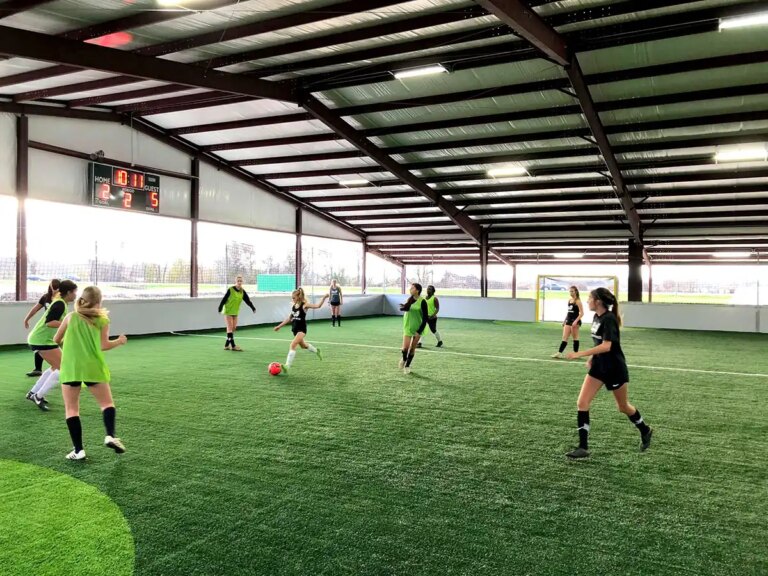The Video Assistant Referee (VAR) system has become a prominent feature in modern football, aiming to improve fairness and accuracy in critical decisions. But how exactly does VAR work? This article will answer the questions as to the correct usage and procedures that govern the use of VAR in football matches as stipulated by THE INTERNATIONAL FOOTBALL ASSOCIATION BOARD (IFAB), commonly referred to as the GUARDIANS OF THE LAWS OF THE GAME
Critical Principles of VAR:
- Limited Intervention: VAR only assists the referee in rectifying “clear and obvious errors” or “serious missed incidents” in four crucial match-changing situations: goals, penalties, direct red cards, and mistaken identity.
- Referee’s Authority: The referee remains the ultimate decision-maker, either based on the VAR’s input or after an on-field review (OFR).
The Review Process:
- Reviewable Incidents: The VAR automatically checks every incident in the four categories mentioned above. Coaches and players have no say in requesting a review.
- Clear and Obvious Error Threshold: The referee’s original decision is upheld unless the video review conclusively demonstrates a clear error.
- Transparency: To maintain transparency, the referee should remain visible throughout the review process.
Time and Communication:
- Accuracy Over Speed: There’s no strict time limit for the review process, prioritizing accuracy over haste.
- Communication Channels: Only the referee can initiate a review. The VAR can recommend a review to the referee, but the final decision rests solely with the on-field official.
Additional Considerations:
- Post-Incident Actions: If play continues after a reviewed incident, any disciplinary actions taken during that period remain, except for cautions/sendings-off for stopping a promising attack.
- Review Limitations: Once play restarts, the referee can only conduct a review for mistaken identity or potential sending-off offences like violent conduct.
- Review Period: The timeframe for review covers the incident itself and the preceding/following actions as dictated by the Laws of the Game and VAR protocol.
Categories of Reviewable Incidents:
- Goals/No Goals: This includes offences in the build-up, ball-out-of-play situations, goalkeeper/kicker infringements during penalties, and encroachment by attackers/defenders.
- Penalty Kicks/No Penalty Kicks: Similar to goals, potential offences in the lead-up, ball out of play, location of the infringement (inside/outside the penalty area), incorrect penalty awards, and unpenalized offences are reviewed.
- Direct Red Cards: Reviewable situations include Denying a Goal Scoring Opportunity (DOGSO), serious foul play, violent conduct (biting or spitting), and offensive, insulting, or abusive actions.
- Mistaken Identity: If the referee penalizes the wrong player from the offending team, the VAR can rectify the identity mistake (applicable only to yellow and red cards).
Understanding these principles and procedures, you can better understand how VAR functions in football. While it’s not without its complexities, VAR aims to enhance fairness and minimize errors in critical moments on the pitch.
For more information and a detailed explanation, you can click on this link https://www.theifab.com/laws/latest/video-assistant-referee-var-protocol/#procedures



